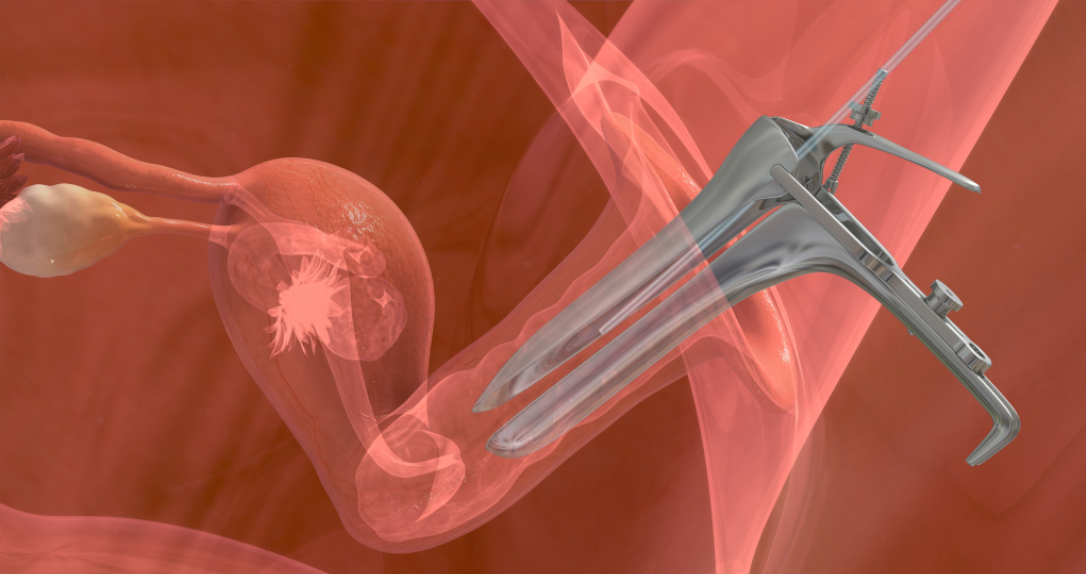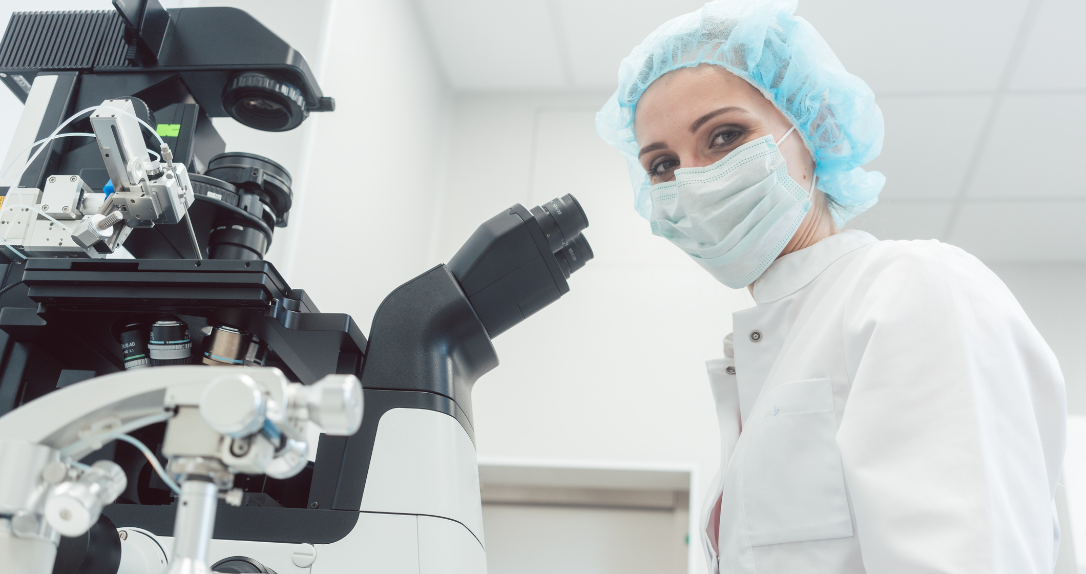
An embryo transfer is one of the final steps for in vitro fertilization (IVF). After a woman’s eggs are fertilized in our lab, they are monitored to develop into healthy embryos. These embryos need to be inserted into the uterus during a procedure, lasting approximately 30 minutes.
The patient should have a full bladder for the procedure which allows the fertility specialist to visualize the uterus better, using a diagnostic imaging technique.
The patient will be awake for the transfer and in terms of recovery, the patient may experience some mild cramping and bloating. To be safe, strenuous activity, like going to the gym, should be avoided for at least 5 days.

A fertility specialist will be able to discuss individual situations and determine the best treatment moving forward. Some factors like the woman’s age, lifestyle, reproductive history, and any infertility causes will be reviewed by the fertility specialist to improve chances of success.
Approximately 3 to 5 days after the eggs have been successfully fertilized in our lab, the embryo is carefully transferred into the uterus. The fertility specialist will insert a thin, flexible catheter through the vagina and cervix, using ultrasound guidance. A syringe containing the embryo(s) is attached to the end of the catheter, and the physician will depress this syringe to deposit the embryos.
Any extra embryos that aren’t transferred can be frozen for future use. The goal is for the embryo to implant in the lining of the uterus about 6-10 days after egg retrieval.
About 9-12 days after the embryo transfer, a blood test is performed to determine if pregnancy has occurred.